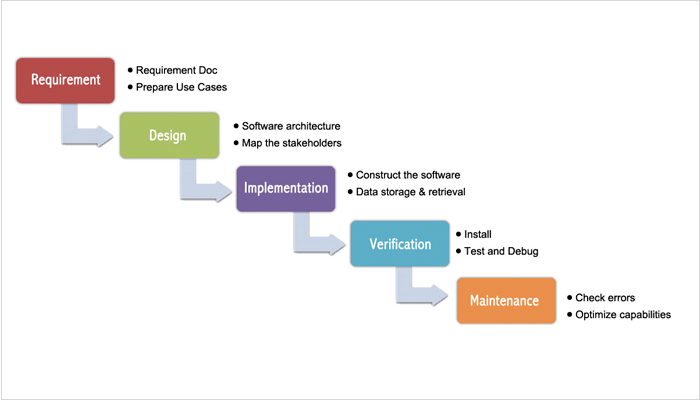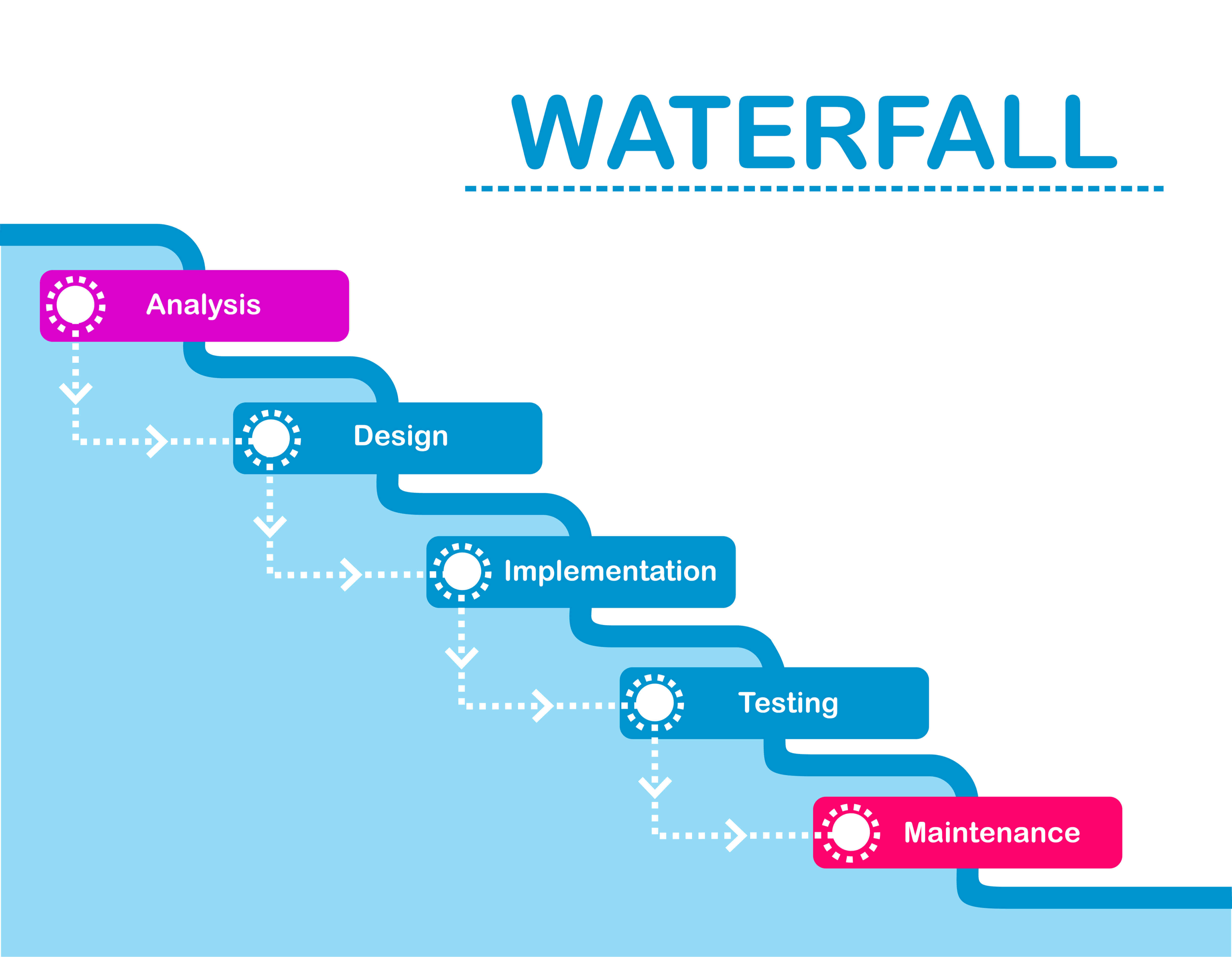

Requirement gathering and analysis: all necessary requirements for the development of a system are gathered and documented.Waterfall model phasesīeing a sequential process, the waterfall method follows defined phases:
PHASES OF WATERFALL PROJECT MANAGEMENT SOFTWARE
That’s why the waterfall model is one of the oldest and most widely used software development life cycle models. Any team, regardless of size, can track the progress of a project and each member can determine the importance of their contributions. The straightforward nature of the waterfall model makes it a popular and easy project management system to adapt. That’s why there’s no overlap in the work phases of the waterfall model you need to finish a car’s frame before you can start bolting on the body. The waterfall model originated from the manufacturing and construction industries where progressive movement of a project is linear.

Work can only progress towards the next phase by building upon the output of the previously completed phase. Each sequential phase in the model depends on deliverables from the preceding phase. If you answered “yes” to these questions, the waterfall model might be that perfect bowl of productivity porridge! A quick waterfall model definitionĪs the name implies, the waterfall model is a linear project methodology. Are you working on a repetitive project with very little allowance for procedural changes?.Will you document each step of the process so rotating personnel can pick up where previous teams left off?.Do you have a clear-cut set of procedures to follow?.So what about the waterfall model? Ask yourself these questions: Scrum is the king of agile methodologies, but maybe not suited for bigger teams. Kanban is visual and popular for its simplicity, but not necessarily the best for repeated projects. Trying to find the right project management methodology for your project can make a project manager feel like the titular character of Goldilocks and the three bears. Published in Project management on, last updated.


 0 kommentar(er)
0 kommentar(er)
